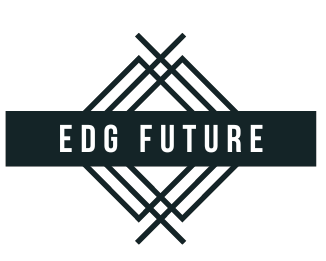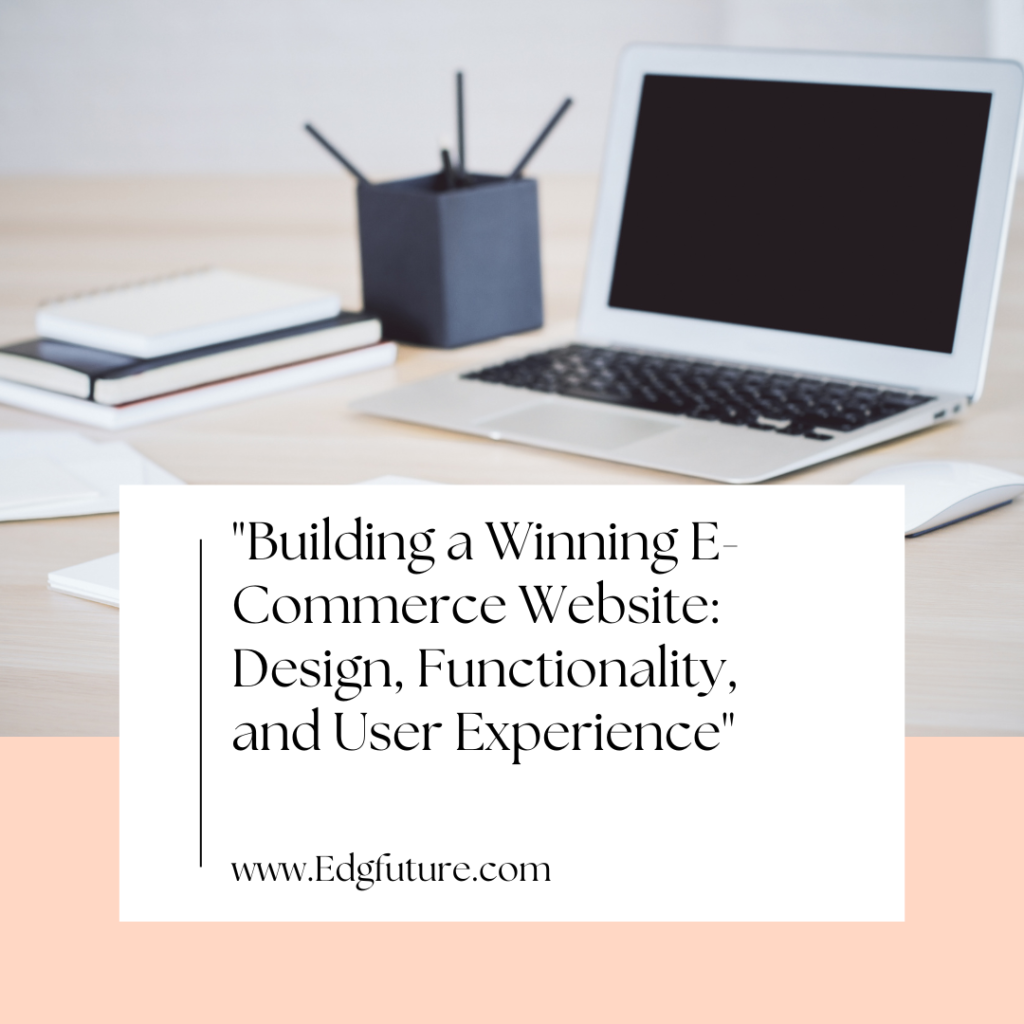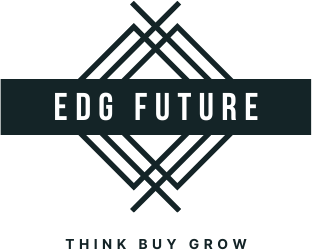Introduction

In today’s digital age, having a successful e-commerce website is crucial for businesses to thrive. A well-designed website with seamless functionality and an exceptional user experience can greatly enhance customer engagement and drive sales. This article will explore key elements that contribute to building a winning e-commerce website, including design, functionality, and user experience.
Designing an Eye-Catching Website
A visually appealing website is the first step towards attracting potential customers and making a lasting impression. Here are some tips to consider when designing your e-commerce website:
- Simplicity: Keep the design clean and clutter-free to avoid overwhelming visitors.
- Branding: Incorporate your brand elements such as logo, colors, and typography consistently throughout the website.
- Responsive Design: Ensure your website is optimized for mobile devices as more customers are shopping on smartphones and tablets.
- High-Quality Imagery: Use high-resolution images to showcase your products in the best possible light.
- Intuitive Navigation: Make it easy for visitors to find what they’re looking for by organizing your products into clear categories and providing search functionality.
Functionality Matters
While aesthetics are important, a functional e-commerce website is equally crucial. Here are some key considerations for ensuring optimal functionality:
- Fast Loading Speed: Slow-loading websites can result in high bounce rates. Optimize your site’s performance by compressing images, minimizing code, and leveraging caching techniques.
- Smooth Checkout Process: Streamline the checkout process by minimizing the number of steps required and offering guest checkout options.
- Secure Payment Gateways: Instill trust in your customers by using reputable payment gateways that prioritize security.
- Inventory Management: Implement an efficient inventory management system to ensure accurate stock levels and prevent overselling.
Enhancing User Experience
Providing an exceptional user experience is vital for customer satisfaction and retention. Consider the following strategies to enhance the user experience on your e-commerce website:
- Clear Product Descriptions: Provide detailed and accurate product descriptions, including key features, specifications, and sizing information.
- Customer Reviews: Incorporate customer reviews and ratings to build trust and assist shoppers in making informed purchasing decisions.
- Personalization: Utilize data-driven techniques to personalize the shopping experience based on customer preferences, previous purchases, or browsing history.
- Efficient Search Functionality: Implement an intelligent search feature that suggests relevant products as users type their queries.
Leveraging Marketing Strategies
To drive traffic and maximize conversions on your e-commerce website, effective marketing strategies play a crucial role. Here are some key tactics to consider:
- SEO Optimization: Optimize your website’s content with relevant keywords, meta tags, and descriptive URLs to improve search engine rankings.
- Email Marketing: Build an email list to engage with customers regularly through targeted email campaigns, offering exclusive promotions or product updates.
- Social Media Integration: Leverage social media platforms to promote your products, engage with customers, and drive traffic back to your website.
- Paid Advertising: Consider utilizing paid advertising channels like Google Ads or social media ads to reach a broader audience and increase brand visibility.
Choosing the Right E-Commerce Platform
Selecting the right e-commerce platform is crucial for building a successful online store. Two popular options are Shopify and WordPress:
- Shopify: Known for its simplicity and user-friendly interface, Shopify provides a complete e-commerce solution with built-in features such as inventory management, payment gateways, and customizable themes.
- WordPress: With its flexibility and vast plugin ecosystem, WordPress allows for more customization options but requires more technical expertise.
Conclusion
Building a winning e-commerce website requires careful attention to design, functionality, and user experience. By creating an eye-catching design, ensuring seamless functionality, enhancing the user experience, and leveraging effective marketing strategies, businesses can create a successful online store that drives sales and engages customers. Remember to choose the right e-commerce platform that aligns with your business needs. Start building your winning e-commerce website today!






